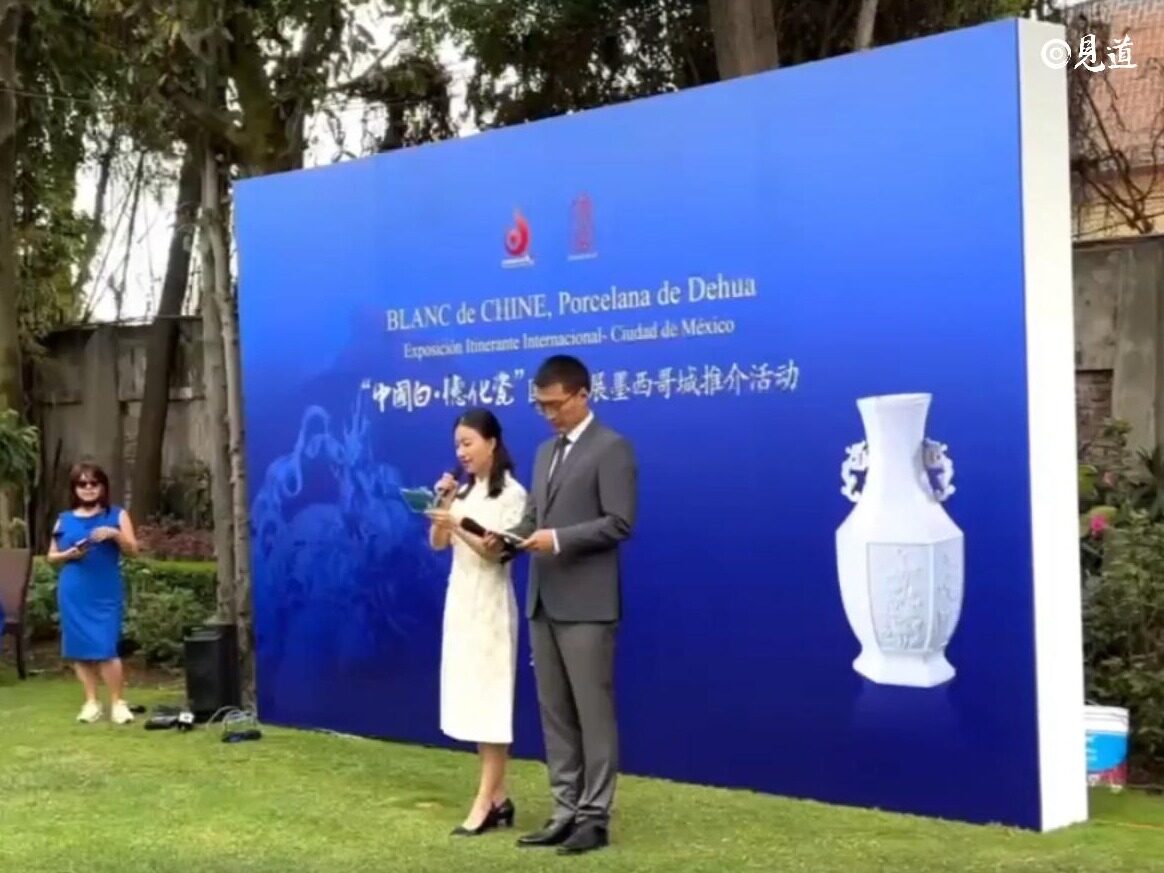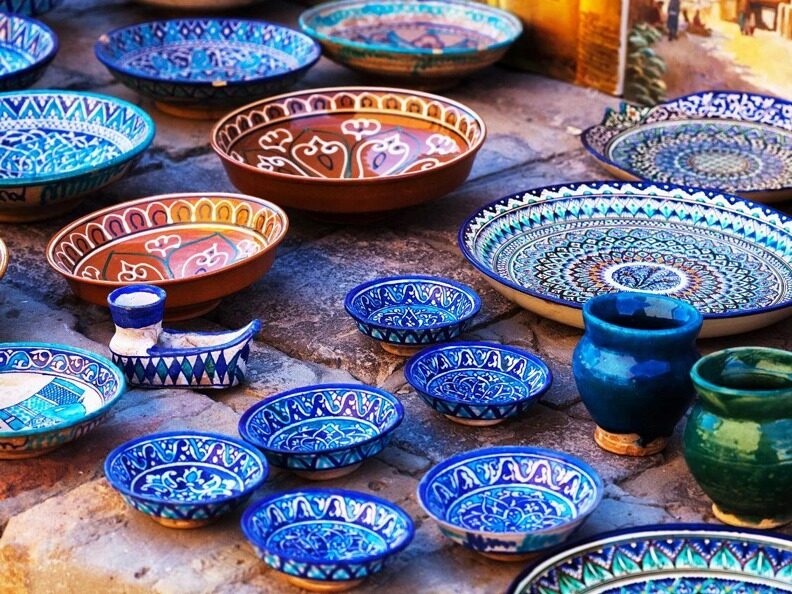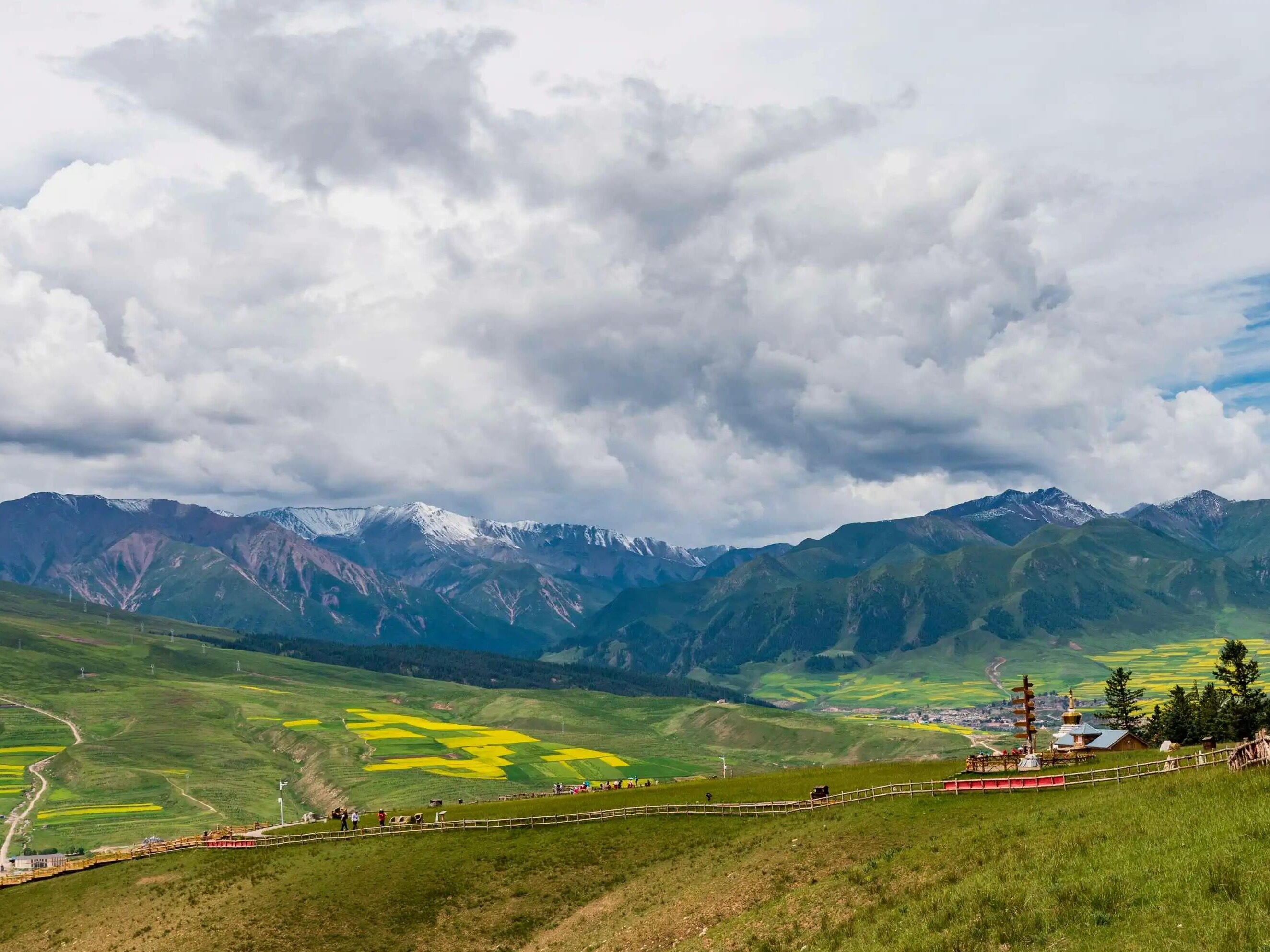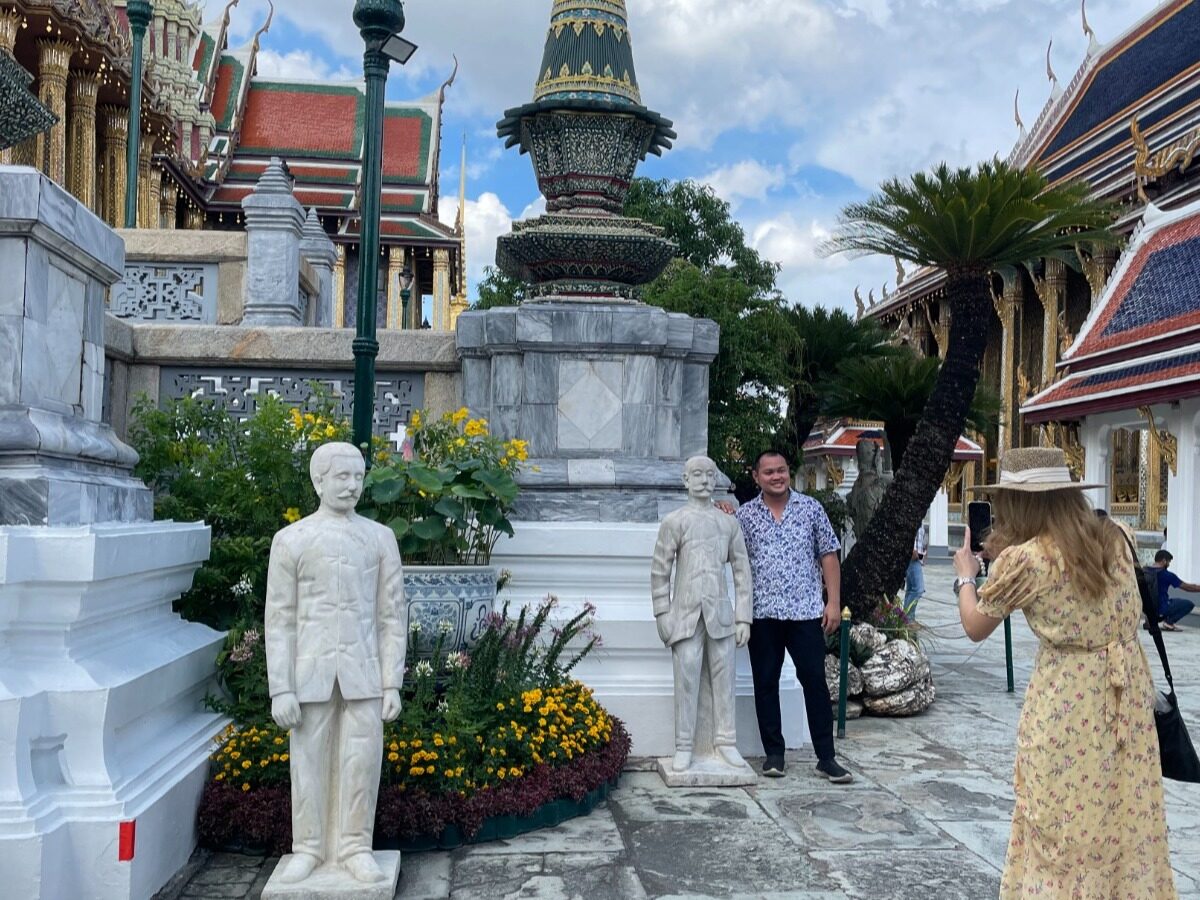- The Tangzhaoti Temple gathered the collection of cultural relics and fan paintings as a testimony of Sino-Japanese friendship.

For the Chinese, the monk Jianzhen is a household name. From December 17, 2019 to February 16, 2020, the exhibition of Tangzhaoti Temple Jianzhen Cultural Relics and Dongshan Kueiyi Fanfan will be held at the Shanghai Museum. This exhibition will show to the Chinese audience for the first time five sets of cultural relics related to Jianzhen's life collected from Tangzhaoti Temple, as well as 68-segment fan paintings drawn by the famous Japanese painter Dongshan Kuiyi to the temple dedicated to the "Monument of Jianzhen" Outline the indissoluble bond between Jianzhen and Japanese culture.

The Dongshan Kueiyi fan paintings and the Golden Turtle Stupa are important cultural relics of Tangzhaoti Temple. They usually do not go out of the temple gate. They are rare to come to Shanghai for exhibition. The exhibition is divided into two parts.
Yao Ling Canghai
In the first part, five groups of cultural relics related to Jianzhen collected from the Tangzhaoti Temple were collected, including the "Tangzhaoti Temple" inscribed by Emperor Xiaoqian (reigned from 749-758) in the style of Wang Zhenzhi, in order to worship Jianzhen East Crossing. Go to the "Golden Turtle Stupa", which depicts Jian Zhen's "Eastern Encyclopedia", which promotes Buddhism and a strong life, the Buddhist scriptures "Everything Sutra" in the Song and Japanese script, and the coloring of the Muromachi period (15th century) in Japan Scroll "Jianzhen Monk Portrait".


The characters "Tang Zhao Ti Si" in the forehead are vertical double hooks carved on wooden plaques. According to the temple records, this plaque was inscribed by Emperor Xiaoqian when the Tangzhaoti Temple was first built. It was hung on the lecture hall or the middle door. It was written in a script with a slender font, slightly in the style of Wang Xizhi.

The Gold Turtle Stupa is a container made to worship the relics that Jianzhen brought to Japan. The stupa is made of bronze and cast gold, and the roof eaves and other parts are manufactured in accordance with the building structure of the pagoda. The body of the tower is carved with vines through openwork. Through the pattern, you can see the Tang Dynasty glass bottles that store stupas. Jian Zhen took the relics to Japan, this is the first time to return to his hometown to exhibit.



The "Eastern Encyclopedia Painting Volume" was painted in 1298 (sixth year of Yongin, the Kamakura period in Japan), and it depicts Jian Zhen's glorious life from the time he became a monk to the establishment of the Tangzhaoti Temple in East Japan. Most of the plots are based on "Tang Yamato's Upper East Conquest" written by the famous scholar Tamami Miyake from the Nara period in Japan. The picture is rich and exquisite, and the action and expression of the characters are vivid and interesting. This kind of picture scroll is similar to the later comic strips and comics. It has a preface and a picture description.



The director of the Nara Museum, Nobuyuki Matsumoto, introduced that in the past two years, the Japanese state funded the restoration of the "Eastern Encyclopedia", and it was in a good condition after the restoration.
Situational blending
In the second part of the exhibition, Dongshan Kuiyi was invited to draw a 68-sided partition fan painting for Tang Zhaoti Temple Royal Shadow Hall. Higashiyama Kuiyi fan painting is a ten-year painstaking effort. It is a sliding door or wall of an indoor partition space in Japan. It is usually based on painting and is a traditional Japanese interior architectural art work. Since 1971, Higashiyama has created these historically separate fan paintings, studied the life of Jianzhen and the history of Tangzhaoti Temple, and visited Japan's famous mountain and seascapes. In May 1975, he completed "Mountain Clouds" and " Taosheng. He made three trips to natural attractions in China, absorbing the essence of Chinese and Japanese ancient painting art, and perfectly blending the emotions and scenery in his chest in the paintings. In February 1980, he completed "Yangzhou Smoked Wind", "Guilin Moonlight" and " "Huangshan Xiaoyun" was finally drawn into "Ruiguang" inside the seat.


In the main hall of Tangzhaoti Temple Royal Shadow Hall, Jianzhen monk sits on the main room, and the painting is "Yangzhou Xunfeng". "This is the first and last time that Dongshan Kuiyi painted with water ink. In the painting, you can see the mist on Yangshou West Lake in Yangzhou. The wind is blowing the willows, just like the" Fireworks March in Yangzhou "scene described in Tang Poems. The hometown scenery that I am most familiar with. "Why should Dongshan Kuiyi, who is good at color, paint with water ink? Since Jian is really Chinese, he will remain in Japan forever, so Dongshan Kuiyi used Chinese ink to describe the Chinese landscape, making him return to his hometown of Yangzhou as a commemoration of the sage. These giants, which took 10 years of hard work from conception to production, are a milestone in Dongshan Kuiyi's creative career.
The exhibition is based on the Yuyingtang building, and the exhibition hall is designed in accordance with the original pattern. The interior scene of the fan painting is basically restored. It blends love and scenery in the Yuyingtang, allowing the audience to experience the complete art space.

In addition, the exhibition also displays two calligraphy works of calligrapher Zhao Puchu, a collector of Tangzhaoti Temple, to commemorate his benevolent actions in the 1980s to bring Tangzhaoti Temple Jianzhen monk back to his hometown. The exhibit dates from the eighth century to the twentieth century, spanning 1200 years, witnessing the long history of cultural exchanges between China and Japan, like a gorgeous rainbow lingering over the sea. Editor / Zhao Yongjing
Comment
 Praise
Praise
 Collect
Collect
 Comment
Comment
 Search
Search














Write something~